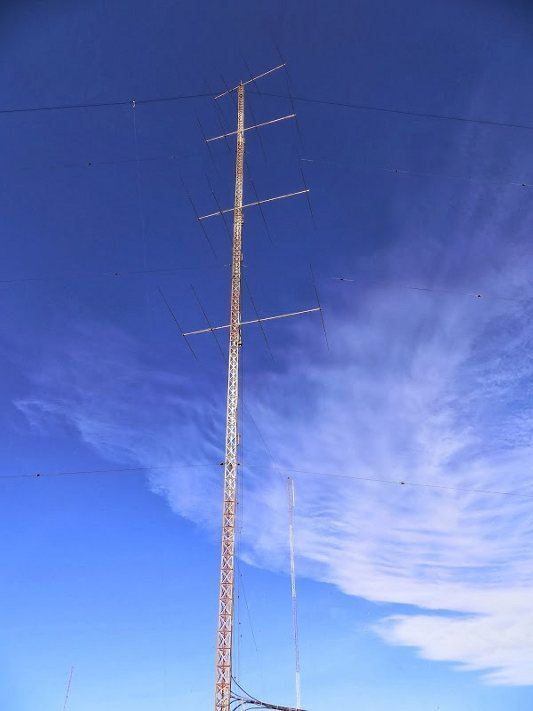 | ||
Similar 4‑meter band, 2200‑meter band, Guglielmo Marconi | ||
Introduction to the 15 meters amateur radio band
The 15-meter band (also called the 21-MHz band or 15 meters) is an amateur radio frequency band spanning the shortwave spectrum from 21 to 21.45 MHz. Almost all countries permit amateur communications on the entire band.
Contents
The 15 meter band is considered a DX band (i.e., used for long-distance communications). Since signals on 15 meters propagate primarily via reflection off of the F-2 layer of the ionosphere, the band is most useful for intercontinental communication during daylight hours, especially in years close to the solar maximum. However, the band also sees long-distance openings during solar minima, and into evening hours, and does not require high-power station equipment to make contacts even at these times.
Because the 15-meter wavelength is harmonically related to that of the 40-meter band, it is often possible to use an antenna designed for 40 meters on the 15-meter band, as well.
History
The 15 meter band was created by the 1947 International Radio Conference of Atlantic City in part to compensate for the loss of the 160 meter band to amateurs by the introduction of Loran during World War II. The 15 meter band opened to amateurs for CW operation only in the United States on May 1, 1952, and telephony operations were authorized above 21250 kHz on March 28, 1953
Canada
Canada is part of region 2 and as such is subject to the IARU band plan. Radio Amateurs of Canada offers the bandplan below as a recommendation for use by radio amateurs in that country but it does not have the force of law and should only be considered a suggestion or guideline.
